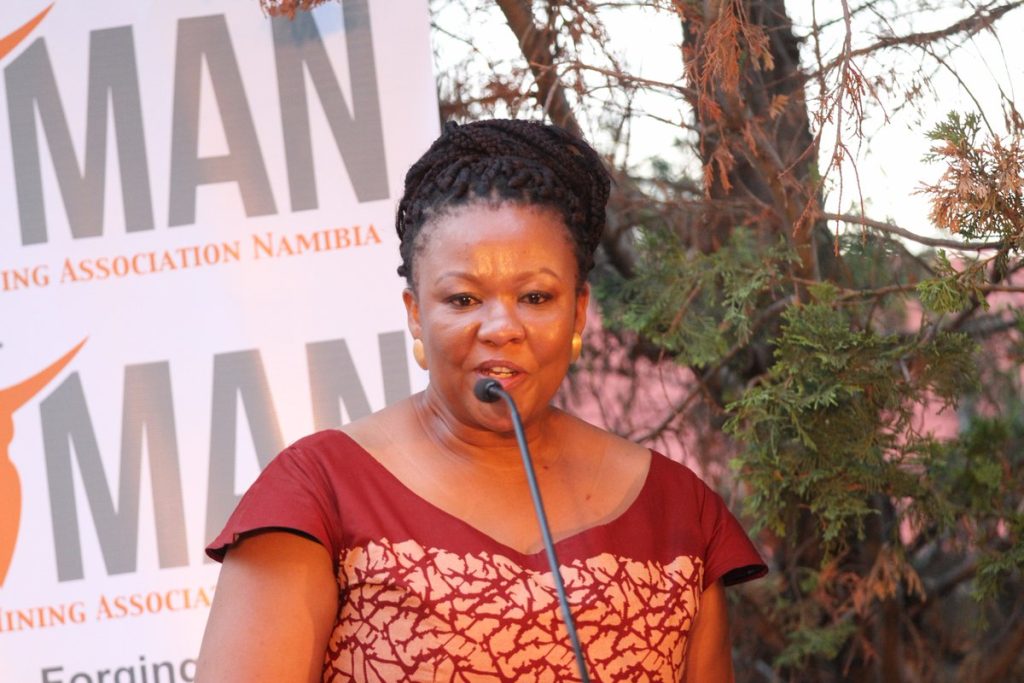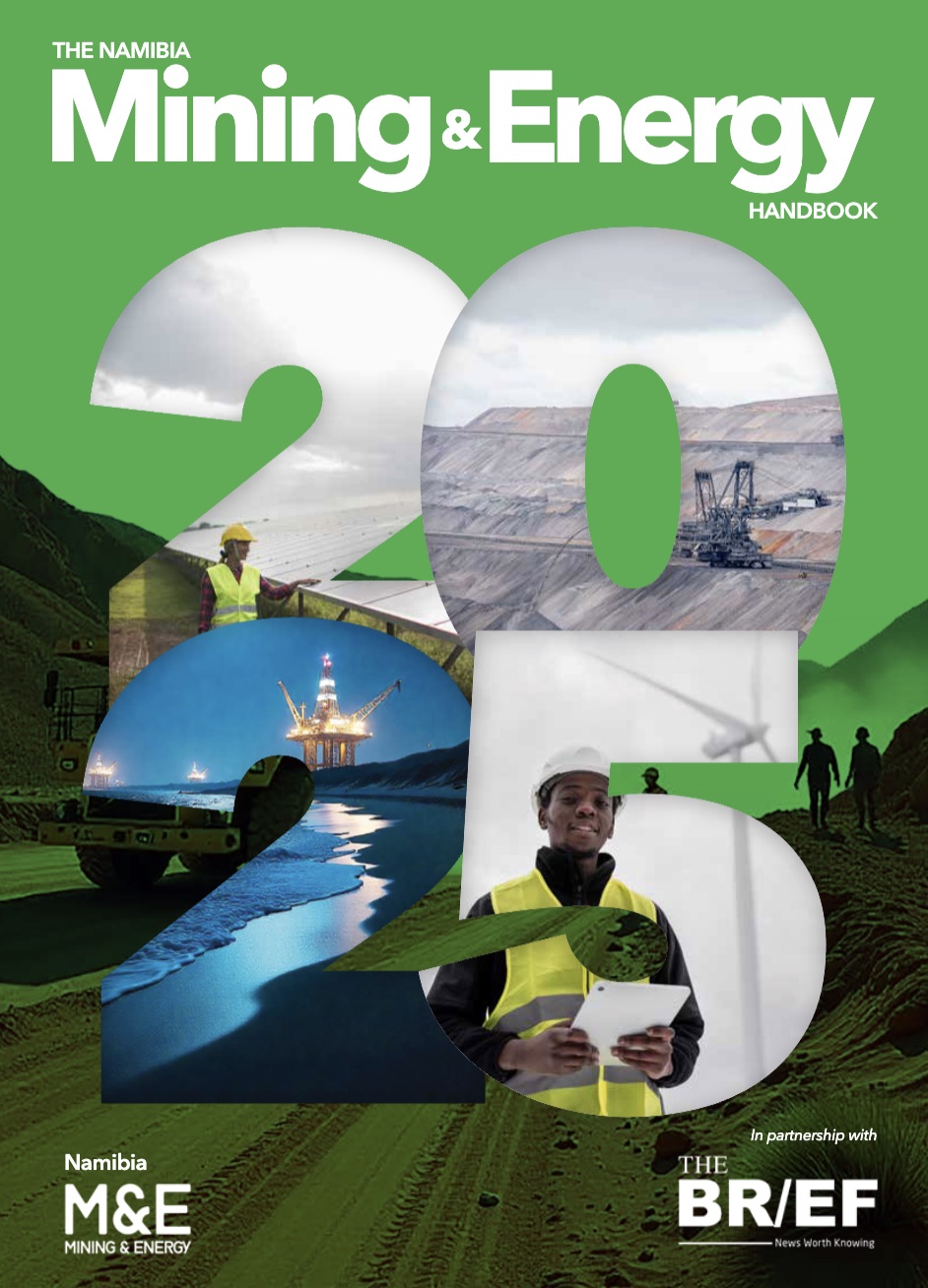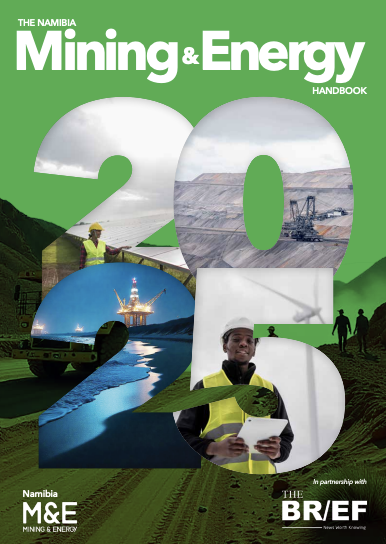
Artisanal and small-scale mining (ASM) sustains more than 35,000 livelihoods across rural Namibia, yet its contribution to the national economy remains limited by a lack of formalisation, financing, and market access.
According to Zenzi Awases, President of the Women in Mining Association of Namibia and Lead Consultant at EmpowerMine Consulting Services, the sector supports around 10,000 miners and 25,000 dependents but operates largely outside the formal framework needed for growth.
“Formalising ASM operations is essential for transforming rural subsistence mining into a structured, income-generating industry,” Awases said at the Namibia Public-Private Forum.
She noted that complex licensing procedures, high registration fees, and limited administrative support have kept many small-scale miners in the informal economy.
“The process must be simplified to accommodate the realities of small operators if we want them to participate in the national economy,” she said.
Awases identified land access as one of the most critical challenges, particularly in the Kunene, Erongo, and //Karas regions, where communal and privately held areas are dominated by exclusive prospecting licence holders.
“Strengthening the Geological Survey and improving land access will enable miners to work safely and responsibly while contributing to regional development,” she explained.
She noted that ASM activity is evolving beyond traditional gemstones such as aquamarine, amethyst, and topaz to include higher-value minerals such as copper.
“Developing downstream industries will keep more of the mineral value within the country and create opportunities for rural communities,” Awases said.
Awases further highlighted the importance of micro, small, and medium enterprises (MSMEs) in the mining value chain, noting that they supplied over N$24 billion in goods and services to the sector in 2024.
“These businesses are vital for driving inclusive economic growth and expanding employment in mining towns,” she said, adding that MSMEs strengthen local supply chains and should be integrated into procurement and supplier development initiatives.
Meanwhile, women account for only 18% of Namibia’s mining workforce, with just 10% having held executive positions since 2009. Youth participation is even lower, with limited entry pathways into the sector.
Awases called for targeted training, mentorship, and supplier development programmes, saying that “building technical and entrepreneurial capacity among women and youth will accelerate inclusion and innovation in mining.”
As part of her recommendations, Awases urged government to allocate dedicated funding in the 2026 national budget for ASM formalisation and capacity building.
She also proposed strengthening the Geological Survey of Namibia and streamlining the licensing process to support the adoption of a National ASM and Dimension Stone Policy by mid-2026.
“Clear policy direction, financing, and inter-agency coordination are needed to unlock the full potential of ASM and ensure its benefits reach rural Namibians,” Awases said.







